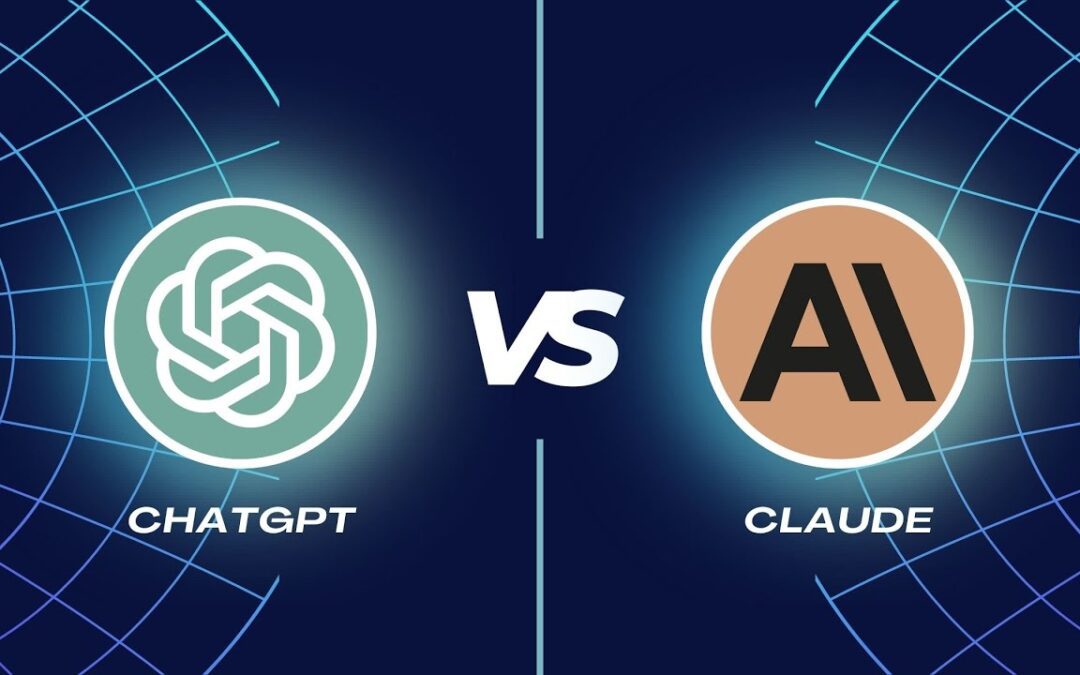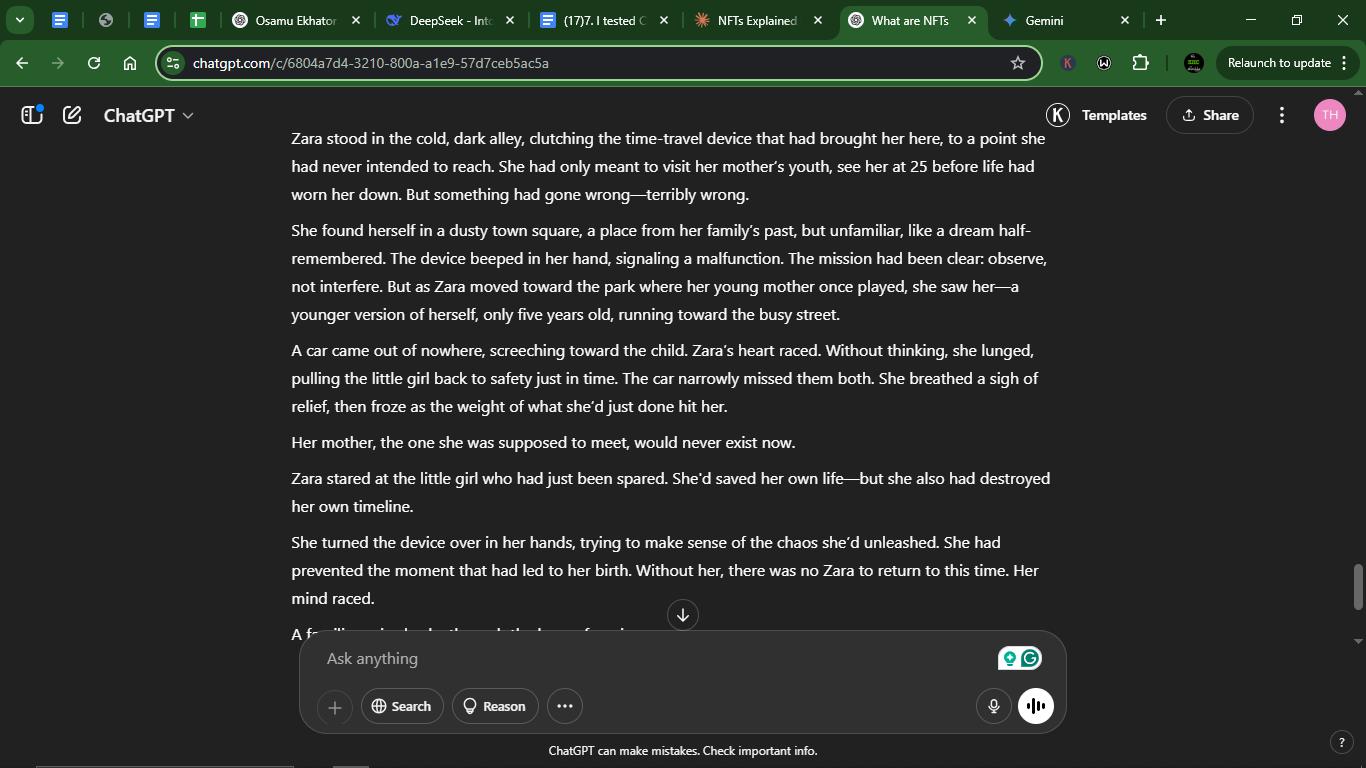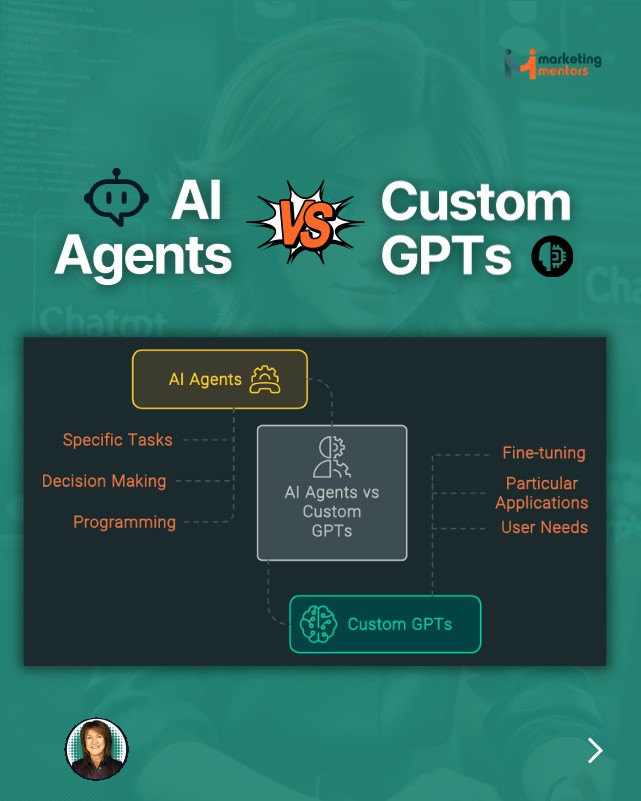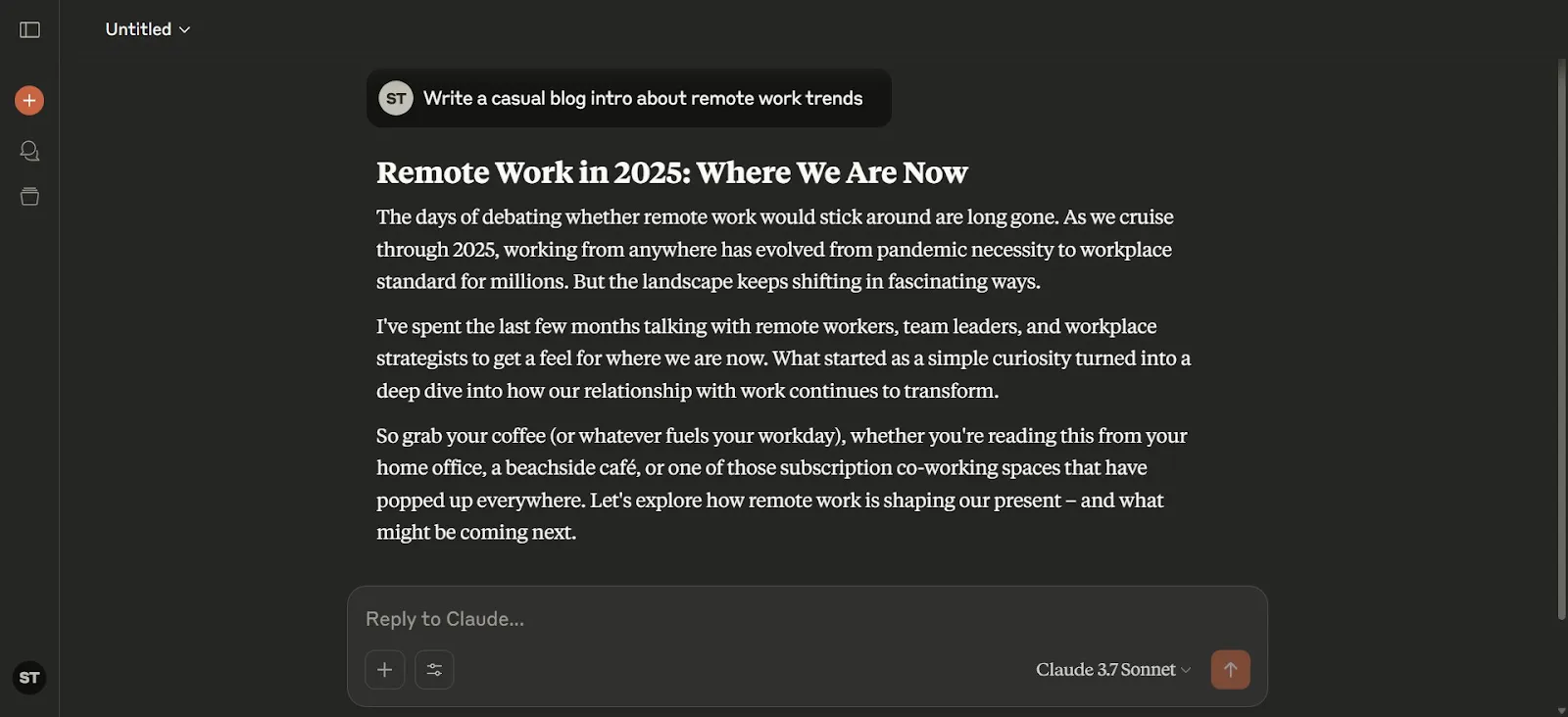
Claude and ChatGPT have arisen as the star models of AI in everything, from creative writing to automation etc. Although both of them provide coding support, assistance with natural language processing, and business tools integration, they target different cases and users. This detailed comparison examines their features, performance, as well as pricing and strong suits, to assist you in choosing the best tool that fits your workflow, whether you are a developer, writer or marketer or a member of an enterprise team.
Also read How Claude AI Is Changing the Game in Writing, Coding, and Daily Automation
Quick overview of Claude vs. ChatGPT
|
|||||||||||||||||||||||||||||||
Claude and ChatGPT both offer powerful AI experiences through modern large language models. However, they stand out in how they serve users:
User experience and interface
Claude and ChatGPT can be used by beginners. Claude provides a minimalist, distraction-free interface, where the focus is its strength, which is useful in any writing or intense research work. Before writing, users get to select the styles and models of writing. Being equally simple in navigation, ChatGPT has more interactive features such as Canvas, voice responses, and browsing capabilities. Its interface is capable of supporting rapid task switching, which is nice when you print off a brainstorm and want to use data analysis or image creation.
Writing and creativity
Claude is a writing expert. Its outputs are fluently flowing and less formulated than those of ChatGPT. The Styles feature in Claude allows the user to change the tones, such as informal, social or professional, with slight prompting. Comparatively, ChatGPT includes generic statements and uses the phrases: in the current dynamic environment, and is prone to revert to bullet lists unless told differently. Nonetheless, its Canvas editor allows easier editing of the material, including the shortening of the text, changing the tone, or revisiting it within the interface.
Also read on Top 10 AI Writing Assistants Compared
Verdict: Claude gives more human and subtle answers when it comes to creative writing and structuring of the content.

Image and video generation
ChatGPT reigns supreme in the visual pieces of media. The integration of DALL·E in GPT-4o will enable the user to create high-resolution images out of a little text. In the video case, OpenAI Sora enables one to create or edit videos, remix a video, or extend frames, all with the help of AI. Claude does not have any video and image creation apps built in. It remains a text-first aid that will form more profound writing and code presentations.
Verdict.ChatGPT is successful at producing images and videos.
Also read Gemini AI Studio by Google
Coding and developer tools
Claude is a high-quality experience for new coders and seasoned coders alike. Its artefacts include running previews of code output in real time, facilitating debugging and iteration without getting out of the chat. The data itself can be text-transformed into charts or even games like Frogger, created right in the Claude interface. It also sponsors a stronger coding agent named Claude Code. This tool may read the file system on your computer, parse codebases, and even make updates to GitHub with operations completely automated.ChatGPT is suitable and helps in generating code and debugging, and logic. It supports previews via Canvas but not Claude's real-time execution and visual feedback. It has been reviewed that Claude Sonnet 4 is a bit more versatile than GPT-4o in terms of code precision and quality.
Verdict: Claude is better in development environments and code manipulation.
Real-time features and internet access
Both models can be used to do web browsing; however, there is more that can be done in ChatGPT. Its web access is interconnected to features that can be used in our day-to-day life, such as voice prompts, scheduled jobs and summarisation of information. ChatGPT can verify the latest news, trends, and statistics, providing real-time information within a short time. Claude now additionally supports web access, although requests still can be time-sensitive or subject to the limitations of some models.
Verdict: ChatGPT has the upper hand in real-time, dynamic updates.
Voice interaction and accessibility
The voice interaction of ChatGPT is strong. The product has an Advanced Voice Mode (AVM), which enables individuals to communicate through the camera and screen. It can analyse the surroundings, recognise things using your phone camera and even answer questions on the scanned document or picture. Claude also supports voice mode, which, however, lacks the capability of visual interaction. It concentrates on the ease of verbal communication, and thus it suits dictations and writing without using hands.
Conclusion: ChatGPT suits those people who depend on voice and eyes-based inputs.
Scheduled tasks and automation
ChatGPT integrates task automation directly into the app. Users can set daily reminders or create dynamic tasks like language practice, news summaries, or weekly productivity recaps based on chat activity. Claude does not yet offer built-in scheduling, but can be connected through platforms like Zapier to achieve similar outcomes.
Verdict: ChatGPT offers more built-in automation without third-party setup.
Custom GPTs and AI Agents
ChatGPT supports Custom GPTs. Users can build their chatbots with tailored instructions and knowledge bases. These can be shared across teams or published in OpenAI’s GPT store. Ideal for customer service, training, or niche workflows.Claude offers Claude Code and Computer Use, which allow autonomous task execution via the command line. However, these features are still in early beta and less accessible to general users compared to ChatGPT’s Custom GPT tools.
Verdict: ChatGPT provides more accessible and flexible customisation options.
Integration and team collaboration
Both Claude and ChatGPT can connect with thousands of tools, such as Google Sheets, Gmail, Salesforce, and Notion.
Both have team plans, which begin at 30 dollars per user per month. The project supported by ChatGPT's team facilitates workspace management and sharing of GPTs and Claude project feature helps in aggregating documents and the chats into folders.The two platforms are collaborative and workflow-friendly.
Which one should you choose?
If your priority is deep, thoughtful writing or coding, Claude is your best pick. It’s ideal for professionals dealing with long documents, nuanced analysis, or software development. Its Artefacts tool and 500k token window make it hard to beat in those areas. If you're looking for an AI that can do it all—write, speak, search the web, generate visuals, automate tasks—ChatGPT stands out. It’s faster, more interactive, and better suited for teams needing broad AI functionality. Many users combine Claude and ChatGPT to maximise their workflow. Use Claude for quality content and complex code, and let ChatGPT handle automation, visuals, and dynamic interactions.

FAQs: Claude vs. ChatGPT in 2025
Which AI is best for writing?
Claude offers more natural and adaptive writing, ideal for long-form and nuanced content.
Can both Claude and ChatGPT be used for free?
Yes, both offer free plans with limitations. Pro versions unlock advanced features and extended usage.
Which is more accurate?
Claude generally provides more structured, precise responses in complex scenarios. ChatGPT wins in speed and recency.
Who’s better at coding?
Claude has the edge with real-time code visualisation through Artefacts and Claude Code tools.
